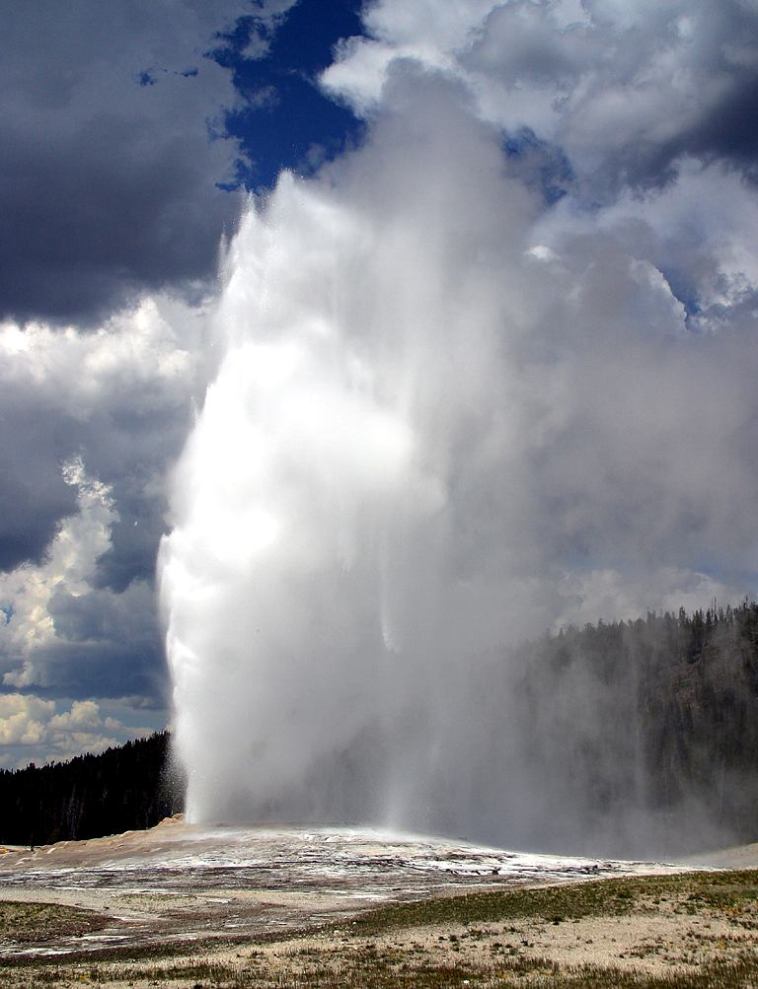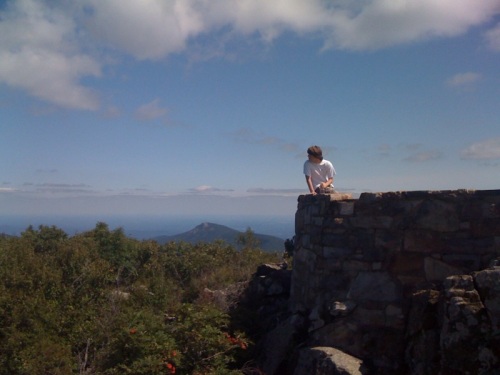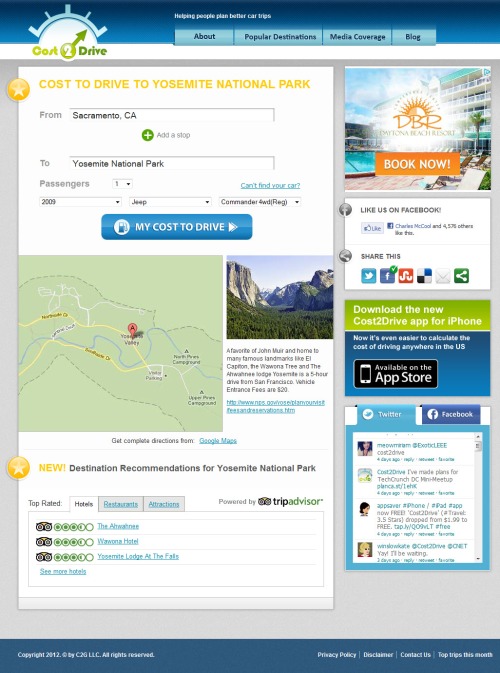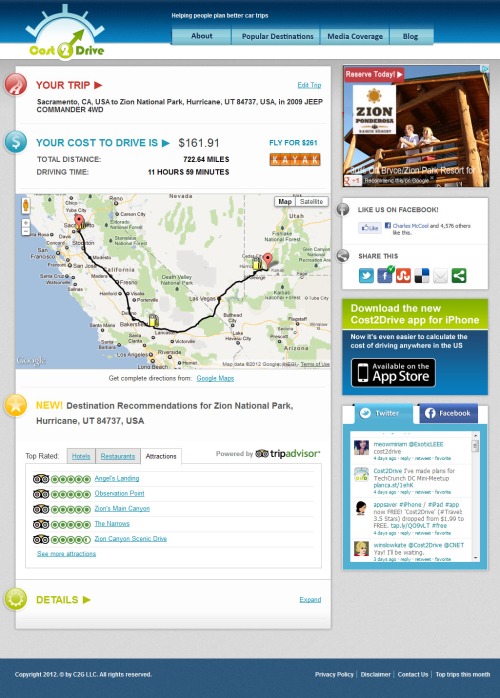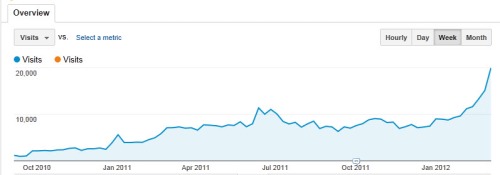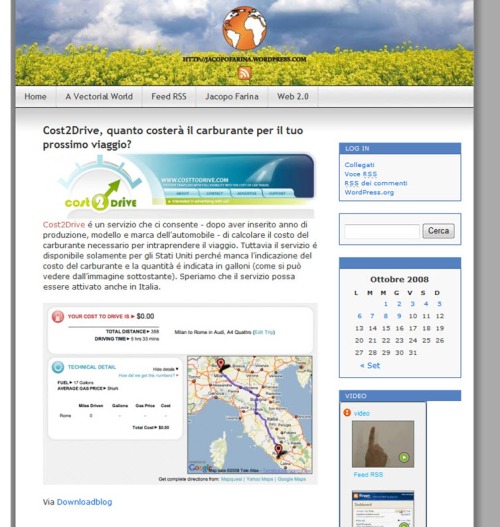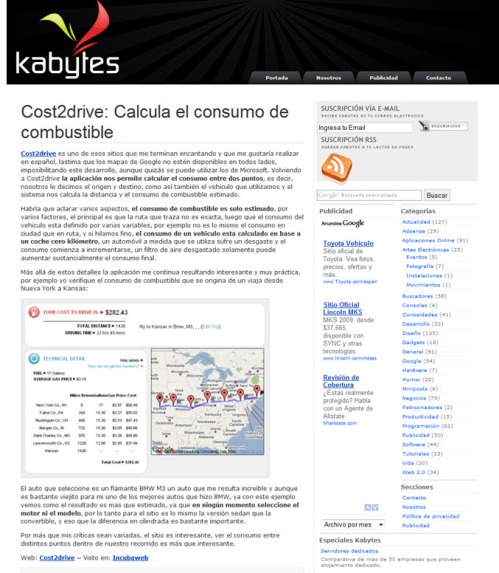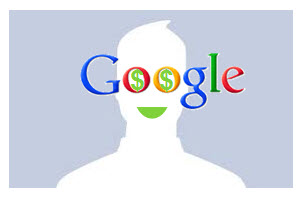 Only In The Most Lucrative Categories…
Only In The Most Lucrative Categories…
There’s been much speculation lately that Facebook is finally staffing up to take a shot at improving their internal search product, a product that many would agree has been woefully under utilized in the past. Along with this comes the usual debate around social search:
- What exactly is social search?
- How compelling is it, both to users and advertisers?
- Can it really compete with Google?
The answer to the last questions is ‘No’, and this would be a wonderfully short blog post should that be a complete answer…but it’s not. Incorporating social signals in search can improve it in a way that is so exciting and compelling that Google has to not only be aware, but deeply concerned by it as well.
Social Influence in Purchase Decisions
For the uninitiated, much of the opportunity (or concern, depending on which side of the fence you sit) around social search has to do with how purchase decisions are influenced by your social connections. Research has repeatedly shown that friends and family are big influencers in purchase decisions, and the larger the purchase the more these social connections are sought out for advice.

Given the above it’s not surprising so many companies in the larger priced categories such as travel, electronics and automotive have been aggressively experimenting with social media. But how does this tie in with search?
It’s a Temporal Issue
Think about the last time your friend cornered you and forced you to view the photos from his recent trip to the Caribbean. You probably enjoyed the first few photos of turquoise inlets and stunning sunsets, but your mind likely wandered around the fourth restaurant photo or the nineteenth beach shot. The reality is this really isn’t all that relevant to you right now, but it might be very relevant to you the next time you’re planning a vacation.
The key is to aggregate and structure this content in a way that it can easily be retrieved when needed (sound like search yet?). Companies like TripAdvisor have already built hugely successful businesses on the aggregation of anonymous content, just think how powerful this becomes when it gets plugged into your social graph.

Exhibit from Facebook's S-1 Registration filing
The above is from Facebook’s recent S-1 registration filing, illustrating the deep integration of Facebook’s social graph on TripAdvisor’s core site. However what’s far more compelling than the main page integration is what happens when you search for a destination in the big white search box at the top of the page and can immediately see which of your friends have been to Paris, Cape Cod or South America.
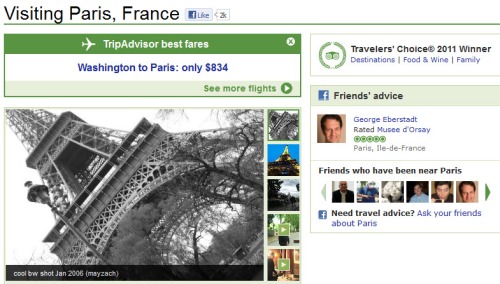
It’s this social search experience that’s so compelling to consumers, and likely to cause the greatest amount of concern at Google, especially when you consider as much as 15% of Google’s total revenue is rumored to come from the travel industry. Is it any wonder then that recently there have been rumors flying around regarding Google and Facebook expressing interest in acquiring TripAdvisor.
How is this Relevant to Automobiles?
Let me answer this by posing two questions.
- How many Facebook friends do you have?
- What cars do each of of them drive?
Question number two is the kicker, and I’ll bet the majority of people can name less than 10% of their friends’ vehicles. And why should they? It’s really not important unless they’re searching for a new car, at which point it may become highly relevant and important.
Let’s say I’m searching for a new car and interested in finding out more about Infiniti’s G series. If I type that query into Google I get the following results as part of their social search experience.

Google Social Search results for 'Infiniti G series'
The above social connections are pretty useless to me in my research of new cars to buy, however the following would be immensely useful.
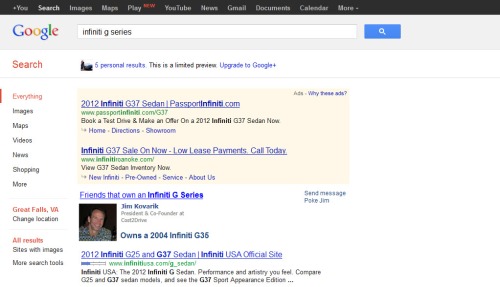
Ideal Social Search Experience
For this to become viable, Google (or Facebook) would need to know one additional piece of data about you: what car you drive.
We think about this alot at C2G as over 1 million people have now entered this exact piece of information into our Galculator, and the volume is growing at a rapid rate.
Travel and Automotive represent two of the biggest advertising categories online. What are your thoughts on social search? Do you think Google has anything to worry about with Facebook’s latest moves?
Share your thoughts in the comments section below.
Happy Driving!





